1- Protein-Based Solar Cells (Houman Yaghoubi):
Solar energy harvesting can be considered as a key to overcome the problem of environmental catastrophes due to the greenhouse gas emissions, as a result of burning fossil fuels. Typical solar cells suffer from a cut-out under cloudy skies. "Protein-Based Solar Cells" offers an attractive idea to generate clean energy even at low illumination. In this research we use reaction center proteins and redox mediators. The downside at the time is the efficiency. We aim to increase the efficiency of these structures by changing the design and employing new electrode materials.
2-Supercapacitors for Energy Storage (Tete Tevi):
Supercapacitors are electrochemical capacitors with relatively high energy density; typically hundreds of times greater than conventional electrolytic capacitors. One of the downsides at the time being is the leakage current. In this research we try to decrease the leakage current issue by novel ideas.
3-Stretchable Electronics for RF and Bio-Medical Applications(Anand Kumar Santhanakrishna)
The idea of the project is design and fabrication of an aperture coupled patch antenna at 2.4 GHz on a polymer substrate Polydimethly siloxane (PDMS) substrate in which the operating frequency can be tuned by the stretching the antenna. The project has a scope for the development of planar RF circuits, antennas, wireless sensors etc.
4- Selfcleaning Coatings on Plastics (Houman Yaghoubi-Alireza):
Self-cleaning materials on polymers offers an attractive idea; plastic and plastic-containing substances (polymers, paints, laminates) are very important as substrates for self-cleaning coatings with widespread applications, assuming they possess good mechanical properties. The ability to create nanostructured photocatalytic materials on plastics has advanced efforts to enhance the surface properties of plastics (hardness and scratch resistance), making it plausible that photocatalysts can be applied to plastic-containing materials. Research into applying self-cleaning materials to plastics is still underdeveloped though. We aim to develope visible photocatalysts on plastic containing materials.
Stay In Touch
- Email:
- atakshi@usf.edu
- Skype:
- BELUSF
Contact details
Arash Takshi, Ph.D.
Electrical Engineering
Assistant Professor
Office: ENC 2502 - Mail Code: ENB 118
4202 E. Fowler Avenue
Tampa, Florida 33620, USA
Phone number : 813-421-3037

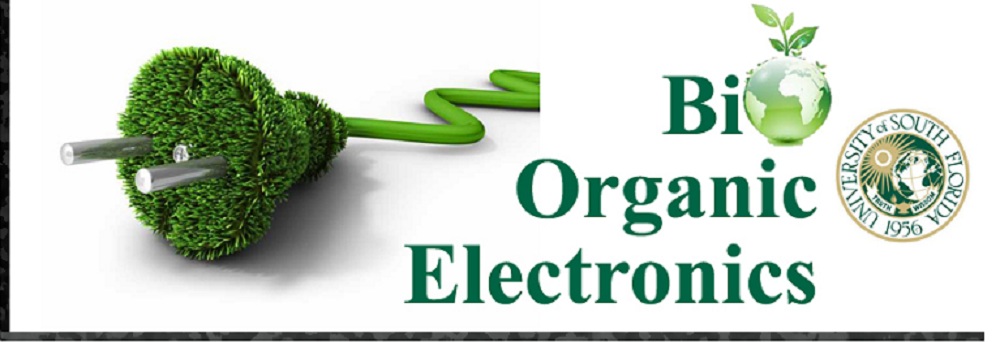
 Two electrodes experimental supercapacitor cell
Two electrodes experimental supercapacitor cell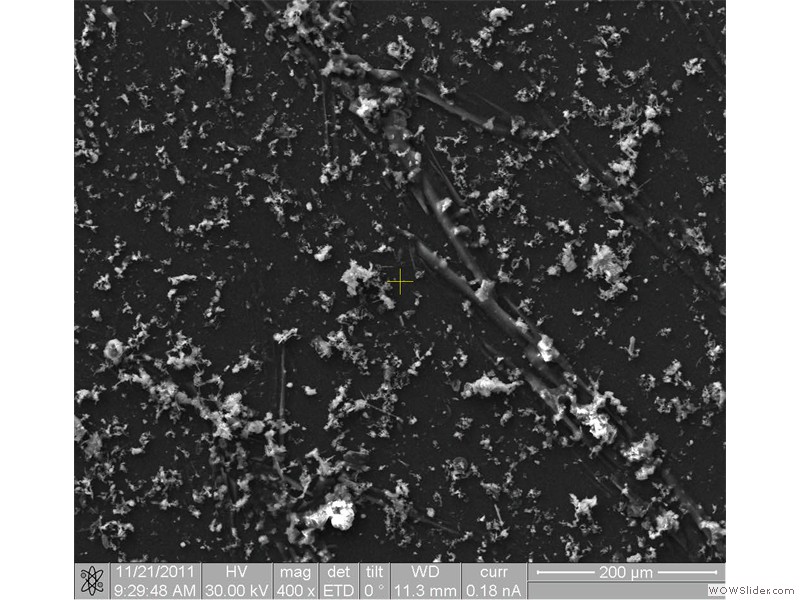 High resolution image of an electrodeposited polymer on a carbon substrate
High resolution image of an electrodeposited polymer on a carbon substrate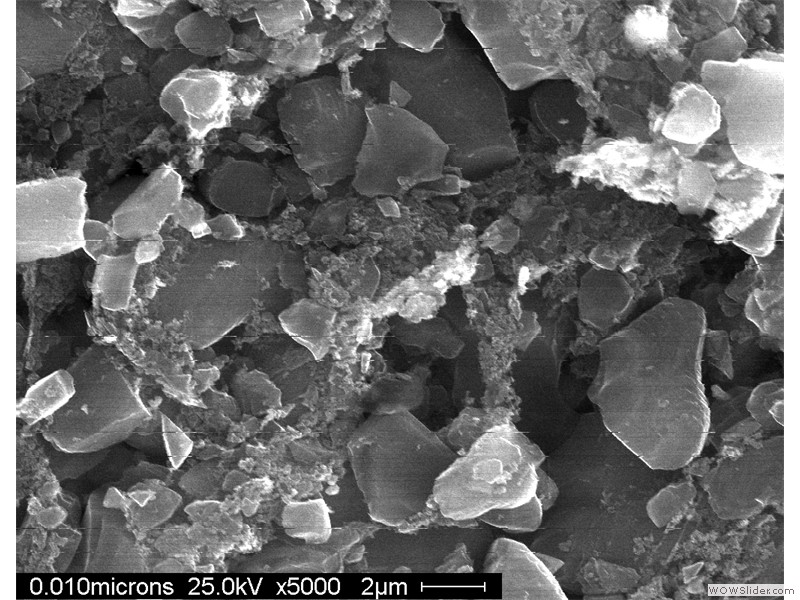 Scanning Electron Microscopy (SEM) Image of a commercial carbon material used as supercapacitor electrode for self discharge tests.
Scanning Electron Microscopy (SEM) Image of a commercial carbon material used as supercapacitor electrode for self discharge tests.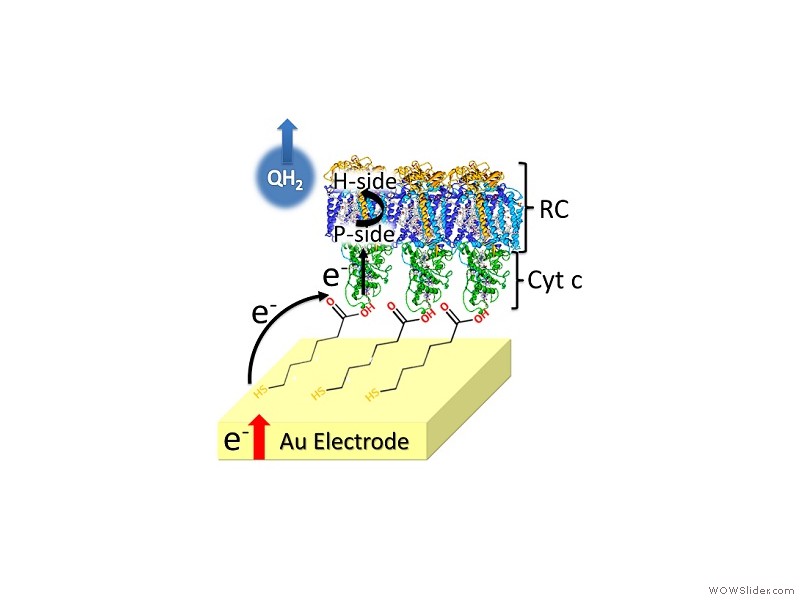 The electron transfer events between the wild type photosynthetic reaction center from purple bacteria (RC), Cytochrome c, and a carboxylic terminated alkanethiol-modified Au in a bio-photoelectrochemical cell.
The electron transfer events between the wild type photosynthetic reaction center from purple bacteria (RC), Cytochrome c, and a carboxylic terminated alkanethiol-modified Au in a bio-photoelectrochemical cell. 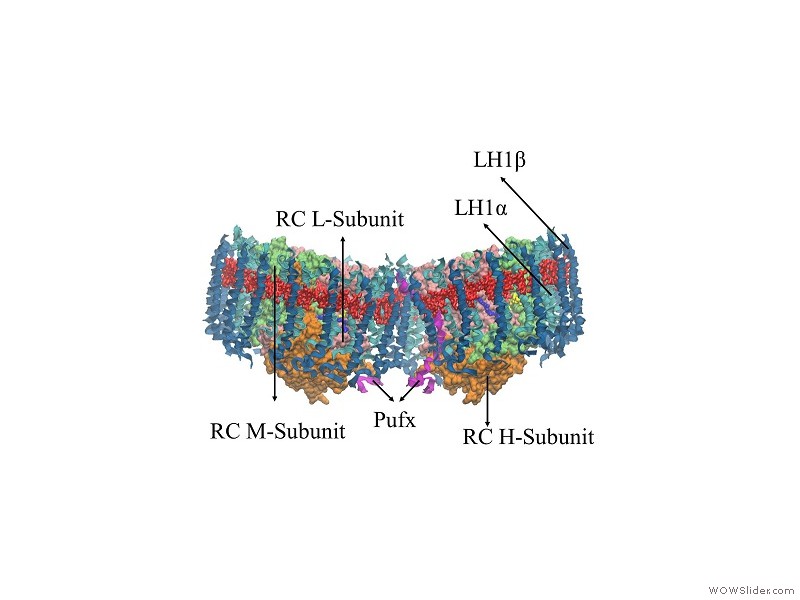 Dimeric reaction center-light harvesting complex from the purple bacteria (thanks to Daniel Jun at the University of British Columbia for this Image).
Dimeric reaction center-light harvesting complex from the purple bacteria (thanks to Daniel Jun at the University of British Columbia for this Image). 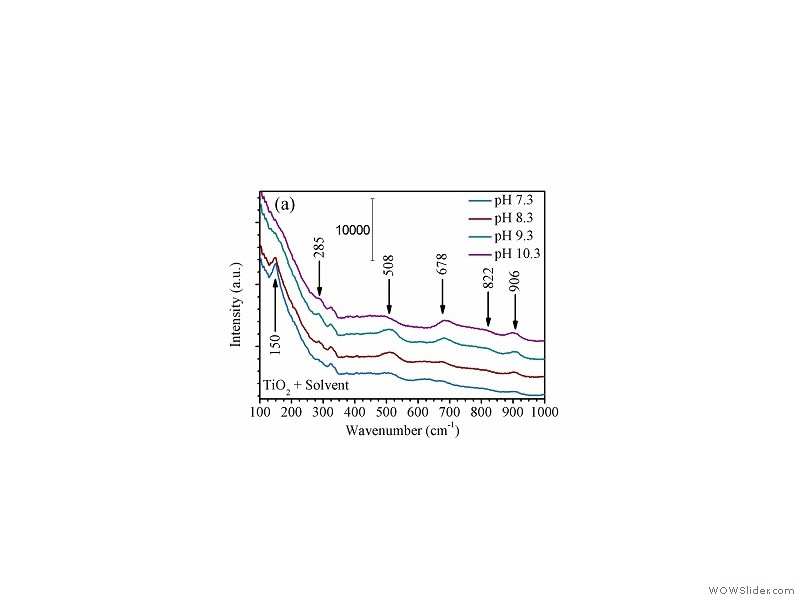 Raman spectra of the crystalline TiO2 solutions with different pH levels (pH 7.3: turquoise color, pH 8.3: wine color, pH 9.3: light green color, and pH 10.3: violet color).
Raman spectra of the crystalline TiO2 solutions with different pH levels (pH 7.3: turquoise color, pH 8.3: wine color, pH 9.3: light green color, and pH 10.3: violet color). Raman spectra of the isolated solvents with different pH levels following the separation of TiO2 nanoparticles using the electrophoresis technique.
Raman spectra of the isolated solvents with different pH levels following the separation of TiO2 nanoparticles using the electrophoresis technique. Stretchable conductor research for RF and Bio-Medical applications
Stretchable conductor research for RF and Bio-Medical applications

 1
1 2
2 3
3 4
4 5
5 6
6 7
7 8
8 9
9 10
10